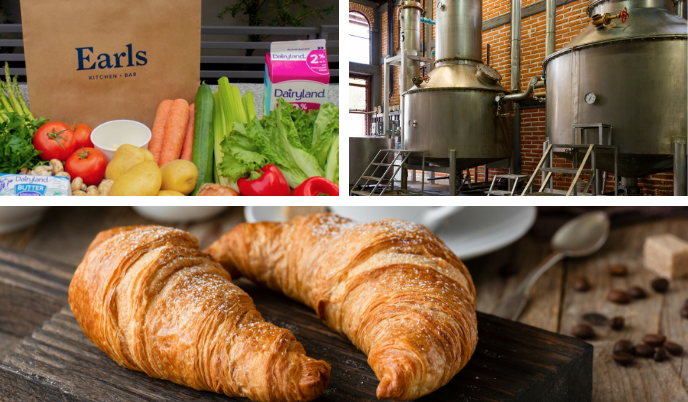“Companies that ‘think’ they are doing well are more likely to be disrupted”
We attended Trend Hunter’s Innovating Through Chaos webinar and summarized their 6 patterns of opportunity, which can be used to adapt and innovate in this time of chaos. The following examples illustrate how businesses have innovated through the current COVID-19 crisis.
Acceleration – taking a little idea or experience and making it bigger, better and more exciting:
Example: Hadrien Verrier Patisserie is selling their products in a frozen ready-to-bake format so you can have fresh, high quality, home baked croissants
Cyclicality – everything old is new again:
Example: Over the past few weeks many have spent a lot of time together as a family. As a result, it’s expected that we’ll see a “return to family” or “return to the kitchen” once we emerge from the COVID-19 crisis and try to hold on to some of that family time.
Redirection – reinvent what’s happening now, for a future payoff:
Example: restaurants offering gift card promotions or pay it forward meals (e.g. buy one, then one will be donated to a healthcare worker)

Divergence – solving new problems with existing assets and capabilities:
Example: A number of alcohol distilleries have shifted their operations to manufacturing hand sanitizer to help keep our country safe. It’s easy to make with the raw ingredients they already have.
Convergence – your next idea exists in some combination of things you already know:
Example: Annex Market has pivoted to offering chefs and caterers a place to bring their food and make pre-packaged meals consumers can recreate at home

Reduction – simplifying a big idea by understanding what is ACTUALLY important to your consumer
Example: Earl’s Restaurant Chain recognizes how important food is right now and has turned into Earls Grocery – offering prepared meals, chef kits, grocery packs, and home essentials.





